
Impulse vs Intent Purchases: The Role of Emails
Do you remember your last spontaneous purchase? You know, the one you made after a long day, when a flash sale popped into your inbox, urging you to grab it before it was gone?
Now try to remember what you bought. It was probably a low-cost item—a set of jewelry or a gadget. Would you react the same if a similar campaign had promoted high-end products instead, such as fine art or furniture? We bet the answer is no—unless you’d already done some thoughtful research, the products suited you well, and you were close to making a decision.
In eCommerce, some consumer decisions are driven by impulse, and others by intent. But is it always one or the other? And what can you do with that distinction to boost your next campaign’s performance?
Defining Impulse vs Intent Buying
Impulse purchases are spontaneous, unplanned purchases driven by emotional responses, such as desire, excitement, or even stress.
Impulse buying behavior is usually triggered by marketing techniques like scarcity and Fear of Missing Out (FOMO) that create a sense of urgency. “Limited time 50% off” emails or SMS campaigns are common attractors.
On the other hand, intent purchases are planned. The buyer is actively looking for a solution to cover a specific need. Such purchases require a rational decision-making process, thorough research, and comparison between products.
Let’s see that from a brand’s perspective: a one-off discount won’t usually yield results in intent buying, unless it’s time sensitive. If you offer it after a long customer journey with multiple touchpoints, such as your website, reviews, and a few nurturing emails stating the benefits of your products, then it’s likely to convert.
Before we move on, let’s make a distinction.
While impulse purchases are usually unplanned, not all unplanned purchases are impulsive. If you’re at a grocery store, walk by the shampoo aisle, realize you’re running out, and put one in your cart, you’re not being impulsive, but driven by need.
Unless you pick a new product line, unsuitable for your hair type, because of its cool packaging. That’s a gray zone.
The Psychology Behind Impulse and Intent Buying
What are the key psychological factors that drive each purchase decision? Let’s discuss:
Impulse buying factors
One of the key drivers of impulse buying behavior is emotional gratification. This means that the purchase acts as an antidote to emotional states, such as stress, boredom, or more hedonic reactions, such as excitement. Dopamine rises, and the costumer feels rewarded—at least for a while.
Certain sensory stimuli presented in-store are linked with impulse buying. When the customer engages with a product with more than one sense, the experience is enhanced.
Let’s imagine you’re selling scented candles and massage oils in a physical store. Visitors can touch, smell, and see the products, while they hear a sales rep discussing their benefits and a relaxing song playing in the background. It’s all there, making it hard to resist.
But it’s not just the senses. Urgency and scarcity are also major emotional triggers for impulsive buyers. When an offer is time-sensitive, exclusive, and approved by trusted peers, people want to have it, driven by the fear of missing out on something unique.
And if that something is endorsed by famous social media influencers, the ultimate purchase decision leaders, extra impulsivity points are added to the mix.
Intent buying factors
Intent-driven purchase decisions are more conscious and goal-oriented. They usually can’t be triggered by pure emotions, as consumers seek solutions for their needs. They search for real value at a cost that won’t stretch their wallets too much.
Would you buy a sofa overnight? Probably not. Even if someone handed over a generous discount, you’d still most likely search for more options. It’s going to live in the living room for many years after all.
When thinking of making a purchase, consumers search for brands they already know or run into during research and choose their top “contestants,” the ones that check most of their boxes.
After reading product pages, reviews, and tutorials, they weigh the pros and cons of alternative products. Price, quality, warranties, and brand reputation are on their radar. Some put brand values such as sustainability into the decision-making. Rewards are delayed, but gratification comes with planning and patience.
Impulse vs Intent Purchasing Misconceptions
Definitions and processes may be clear. But real shopping behaviors come from real people—you know, the complex species with diverse needs, personalities, and shopping habits. Impulse and intent purchases can cohabit within the same person, making it hard to build a winning strategy that hits all hearts.
How do you fix that?
Avoid treating intent and impulse customers as buyer personas—treat them as consumer behaviors that anyone can indulge in occasionally. Instead of targeting one versus the other, explore when and how to target each of them, and how to measure the performance of your campaign accordingly.
In addition, some businesses consider impulse buyers invaluable. “They’re not deliberate and can’t turn into loyal customers.” That’s not accurate.
The way people buy nowadays has shifted; omnichannel customer experiences and digital fatigue may lead to earlier-than-expected purchases. And if you leave those impulse shoppers satisfied, they’ll probably come back more intentionally next time.
How Email Marketing Can Help with Both Buying Behaviors
Email marketing is designed for both impulse and intent-driven purchase decisions. Capabilities such as segmentation and tags can help target people on different customer journey stages with different strategies. But first, you need to understand the motives of each buying behavior to speak to them effectively.
Let’s imagine that you have an online store and want to boost Christmas sales. To trigger impulse buyers, you need a well-timed message with a compelling subject line written in an urgent tone. It could be a flash sale email that builds suspense or an exclusive deal.
Impulse buyers are triggered by emotions. Apart from urgency cues that will spike their dopamine, evoke a warm Christmas feeling to excite and make them want more.
Will all buyers surrender to their impulse buying tendencies? Not necessarily, so you can create an alternative version with more educational content for methodical consumers with self-control. Share reviews and testimonials to build trust before they make a new purchase.
But how can you tell which one to use?
You know your customer’s purchasing behaviors and funnel better than anyone. You know how long a customer journey lasts, your customers’ demographics, and what emails have performed better over time. And you can always rely on analytics to make data-informed decisions.
For example, you can send the impulse version to customers who’ve already converted in similar campaigns, people who’ve recently browsed through your website, or those who have been in your pipeline for extended periods without purchasing.
If you’re a small business owner with small email lists, A/B testing is also a great choice if you can’t dive deeper into customer data. Create an impulse and intent version to find what performs best for your audience.
Feeling lost? Use this table as a compass:
| Impulse Buying | Intent Buying | |
| Email purpose | Trigger emotions or desire | Build trust and guide |
| Campaign focus | Promotions, scarcity, urgency | Education, reassurance, product logic |
| Creative style | Visually-driven, short copy, urgency-based | Long-form, benefits-focused, social proof |
| Strategy | High-frequency bursts | Behavior triggered journeys |
| Metrics | Open, clicks, purchase speed | Flow completion, scroll depth, opens |
| Risk | Burnout, unsubscribes | Nurture and relevance drop-off |
To put these strategies into action, you’ll need an email marketing service with user-friendly tools. Look for a platform with powerful automation workflows, personalization capabilities, and premade design assets to target all buying types.
Segmentation is your go-to tactic. Select the right criteria to create audience segments and send tailored content to each of them to boost conversions.
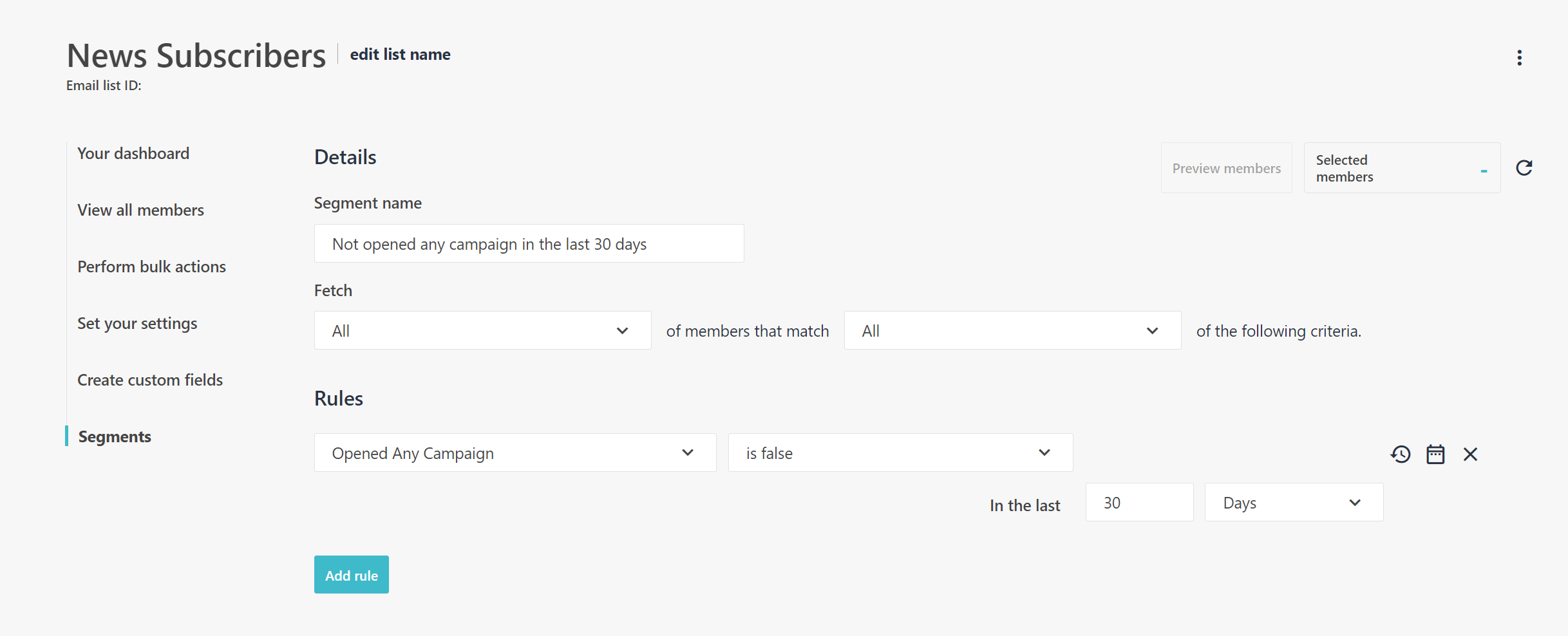
Email Marketing Strategies for Impulse Purchases
Let’s explore some of the most popular email marketing strategies that can trigger consumer impulse buying:
Limited-time offers
Flash sale emails and time-sensitive discounts can cause impulse shopping, when presented effectively. Sending them during high-peak seasons can boost that effect, as consumers are already hunting for deals.
Subscribers should learn from the subject line what this email is about before they open it. Use urgent language and phrases, and evoke positive emotions through your copywriting and images. Create a digital environment that triggers spontaneity to boost conversion rates. A countdown timer can amplify the urgency effect.
Here’s an example by goop that checks all boxes:
 Exclusive deals
Exclusive deals
Make customers feel unique. Excite them with an offer made just for them, and they will likely end up buying soon. Is there a better feeling than knowing that someone wants to please you? Not only does that make the customer feel special, but sometimes even obliged too.
These initiatives, apart from driving impulse and unplanned buying, can set the stage for customer satisfaction and loyalty, if you master in describing the exclusivity element.
Product recommendations
Sending personalized product recommendations to subscribers based on previous purchases or products they have browsed recently can trigger spontaneity. Especially if your product placements are under titles like “Picked for you” and “We thought you’d also like.”
Sending best-sellers campaigns can trigger similar reactions, with FOMO winning the ground. Show your most liked products to subscribers and invite them to claim them. If you add an urgency note, such as “few items” left, you earn more points.
Back-in-stock campaigns
Back-in-stock emails can trigger a sense of urgency. To make those emails more effective, you can add a note to buy them quickly before they’re gone.
Check out how lululemon applied this tactic:

But what happens with people who’ve asked for a back-to-stock alert? In this scenario, we’re not talking about impulse buyers. We’re talking about people who know they’re interested in a specific item and have clear intent to buy. Avoid sending them a generic email and opt for something more personal, like early access to the products.
Email Marketing Strategies for Intent Purchases
How can you approach people looking for more intent purchases? You’ll usually need a combo of email campaigns and more time to convert. Here are some email types to gradually persuade them:
Educational content
Educational emails help businesses nurture their audience with useful content to gain trust. To be effective, they should be clear and full of value. Help readers understand how your products and services can ease their pain points and stand out from competitors.
Depending on the nature of your product and your average sale cycle, determine how many emails are needed to convince your audience and when to send them. For example, if you offer a SaaS tool, create a series of emails to describe each feature separately.
Remember to focus on stories as they’re more brain-friendly. Facts and stats are also welcome, but they should be followed by engaging content to make an impact.
Here’s an example by a health supplement business called Betterbrand. They shared a self-care guide before introducing their products:

Retargeting campaigns
Have you noticed that people who’ve consistently been engaging with your email campaigns start to ignore you? It’s time to put them back in the game. Send a retargeting email to win them back and consider sharing an incentive such as a freebie or a discount in case they’ve started searching elsewhere.
If they continue to ignore you or stay silent, it’s best to send a final option to stay in your list before you remove them. You don’t want them to hurt your deliverability and sender reputation, so set them free.
Social proof
People looking to make an intent-driven purchase also look for reassurance. Before they start searching online, save them time by adding social proof to your campaigns.
Add testimonials, ratings, or even share case studies showing how other people benefited from your products. Remember, instead of “OMG, I loved it” testimonials, prefer those who have something meaningful to share about your offers.
Abandoned cart emails
Abandoned cart emails need no introduction in the eCommerce world. When people move from their shopping list to your shopping cart, it means they’re very likely to convert. Yet, something stopped them.
Share a reminder to complete their purchase, giving them an extra reason to do so. This could be reminding them of your product quality, adding a testimonial or a soon-out-of stock note, or even cross-sell recommendations for an enhanced experience. Step into your prospect’s shoes to understand what else they’d need to convert and give it to them.
Price drop alerts
Not only impulse buyers are triggered by deals. Those who plan an intent purchase are often motivated by bargains and sales, too. They seek value for money, so if you’re running a sale, make sure to inform them.
Using customer data is useful in this case. Because sharing a sale with someone who’s just begun their customer journey may not be a great option, especially for high-end products. It’s up to you to decide when it’s the best time to reach out with a sale, without putting your revenue at stake.
Ethical Considerations in Impulse Buying
Impulse consumer purchases can sometimes go out of control, especially for people who struggle with impulsive consumer behavior, and cannot stop themselves from adding things to cart. All this can backfire; some people may feel regret, strain themselves financially, and consider your brand responsible.
Here are some ethical guidelines to save you—and your customers—from those agonizing feelings:
- Ensure all promotions are clear and trustworthy. Don’t mislead consumers with exaggerations.
- Avoid tactics that pressure consumers into making purchases they might regret. Focus on sharing products that cover real needs.
- Balance the need to drive quick sales with a responsible marketing attitude. Encourage thoughtful purchase decisions and give buyers the opportunity to easily opt out of your lists.
The Million Dollar Question
Now that you know about these two consumer tendencies, which one have you targeted the most over the past 6 months? And most importantly, has it helped you meet your marketing goals?
So before setting up your next campaign, keep those behavioral intents in mind to target subscribers accordingly. It may not be through a quick, bulk email, but the time you’ll spend will be worth it in the end.
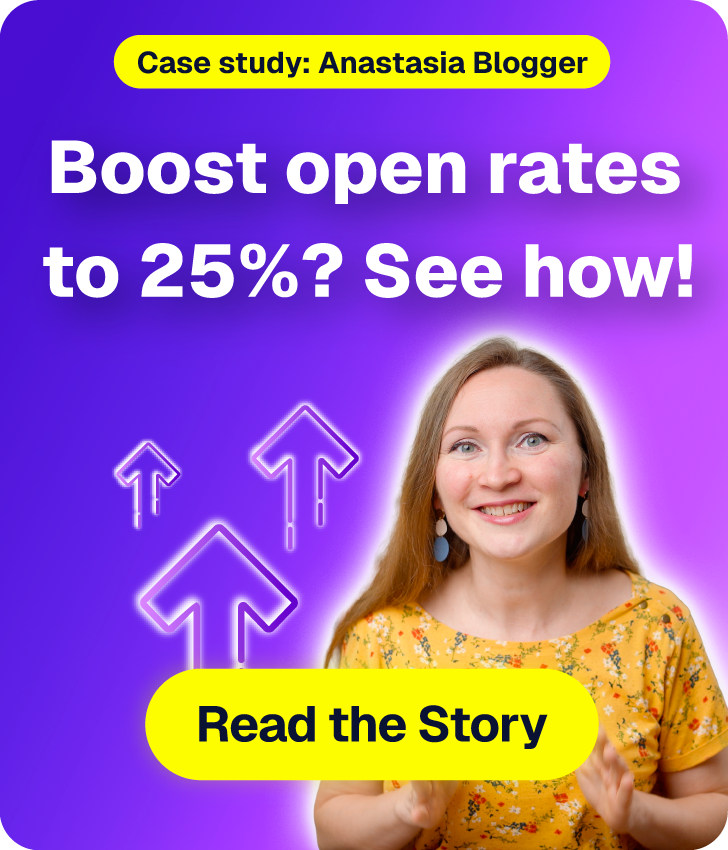
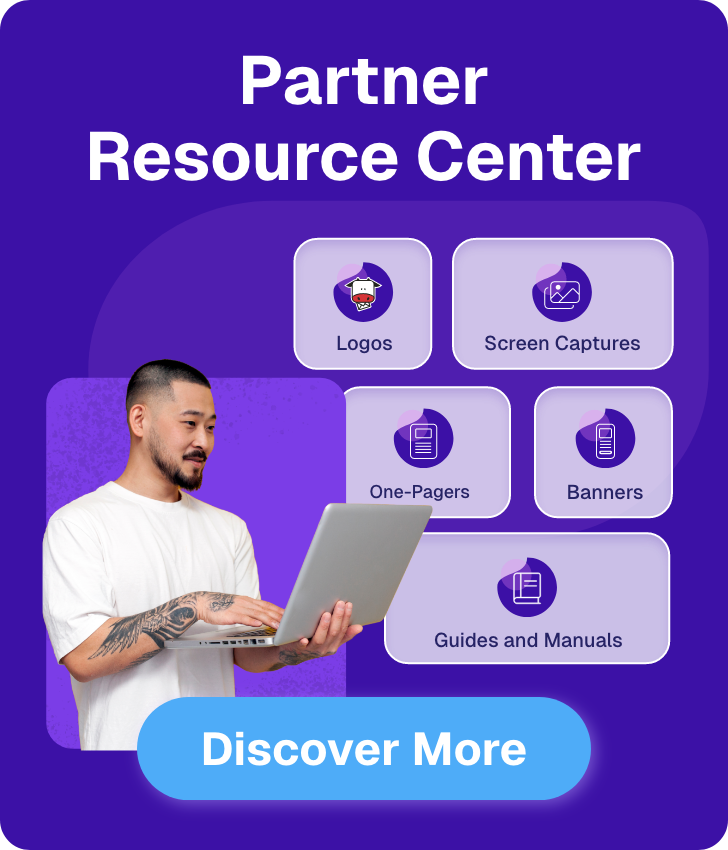

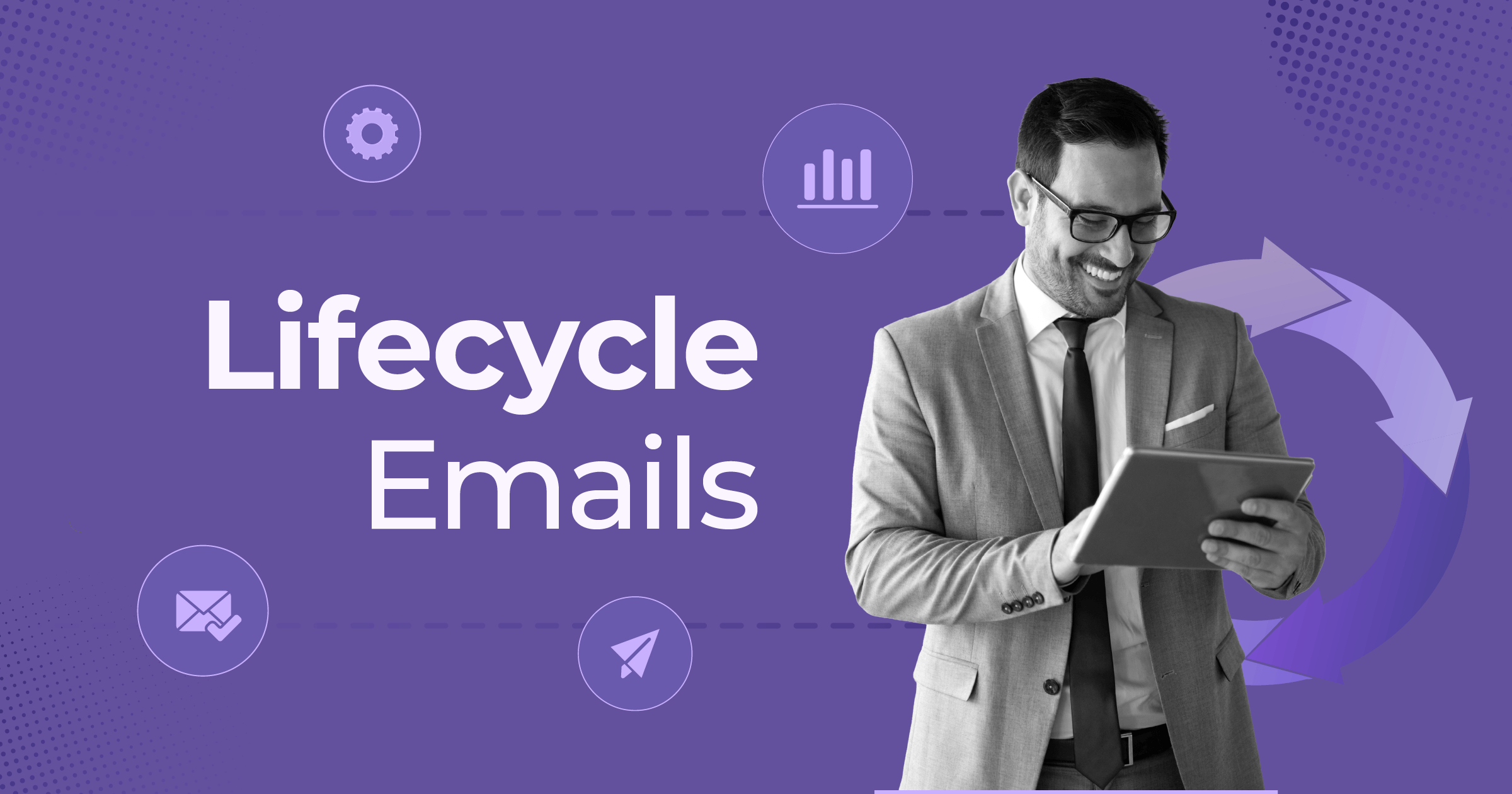
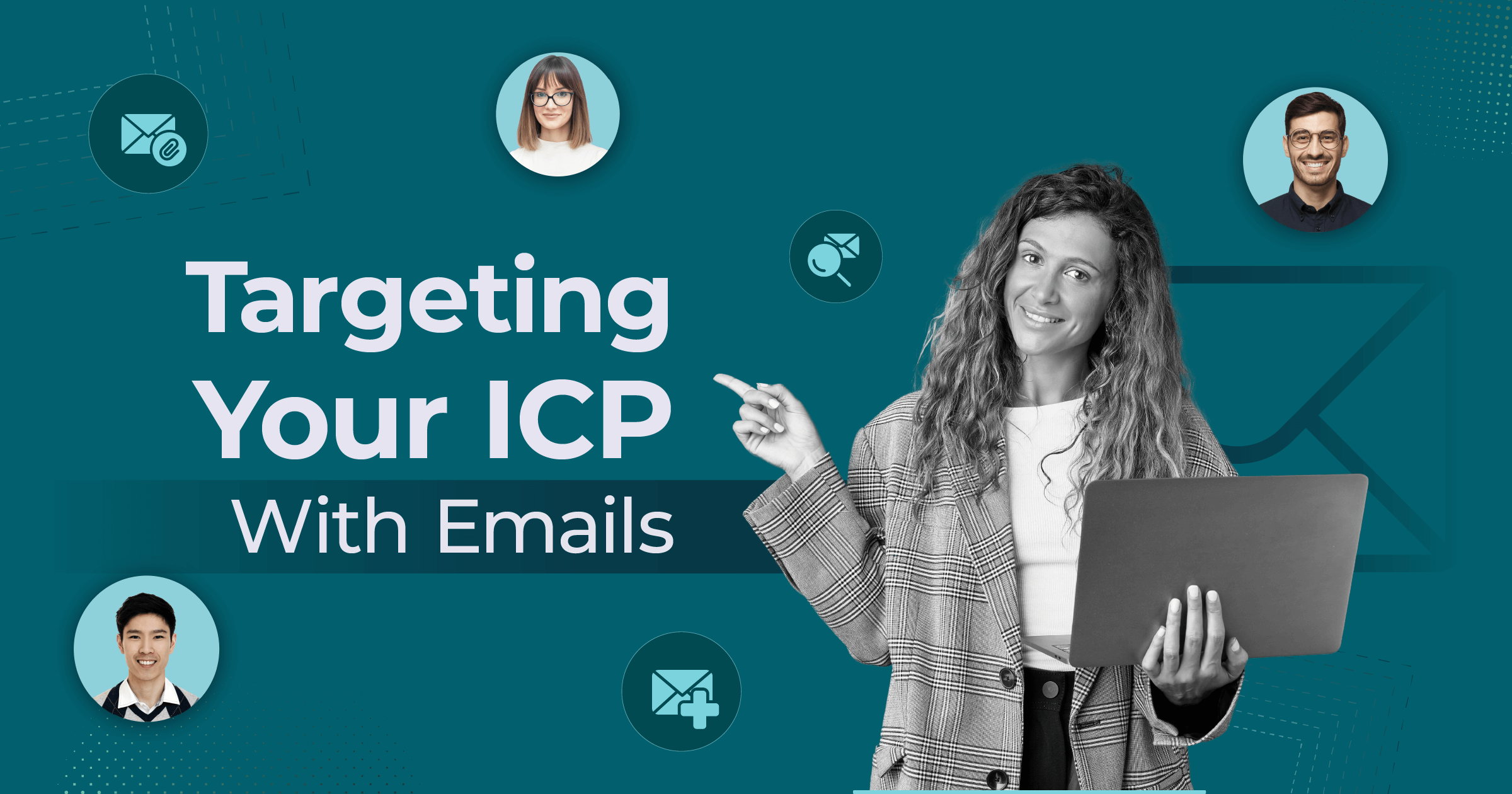
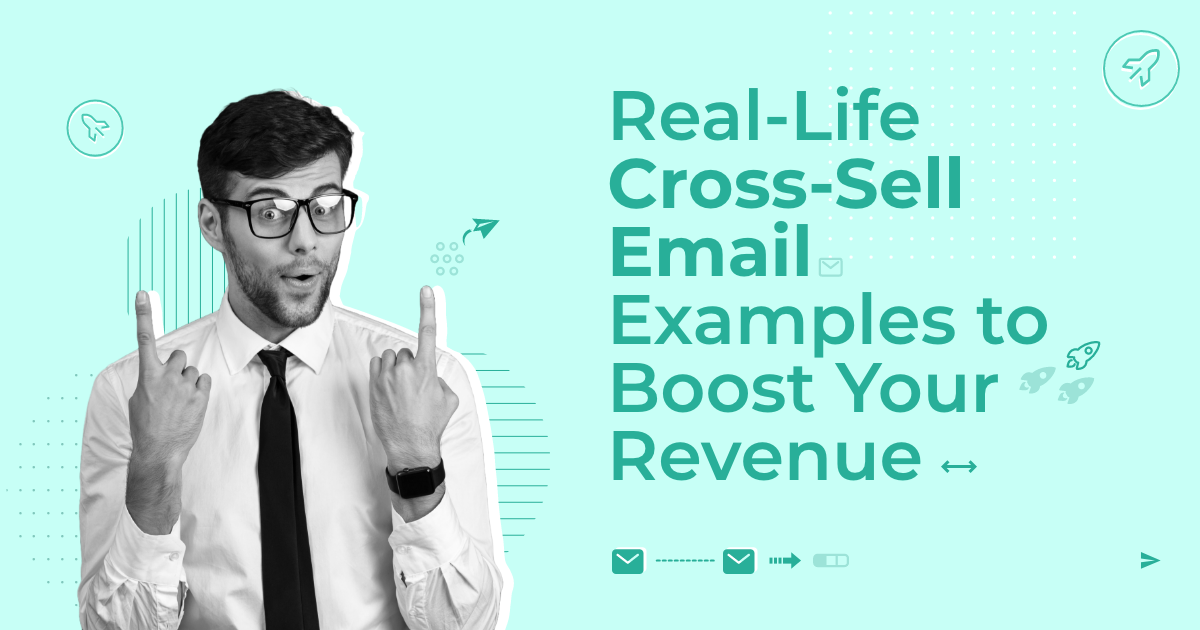
 Published by
Published by